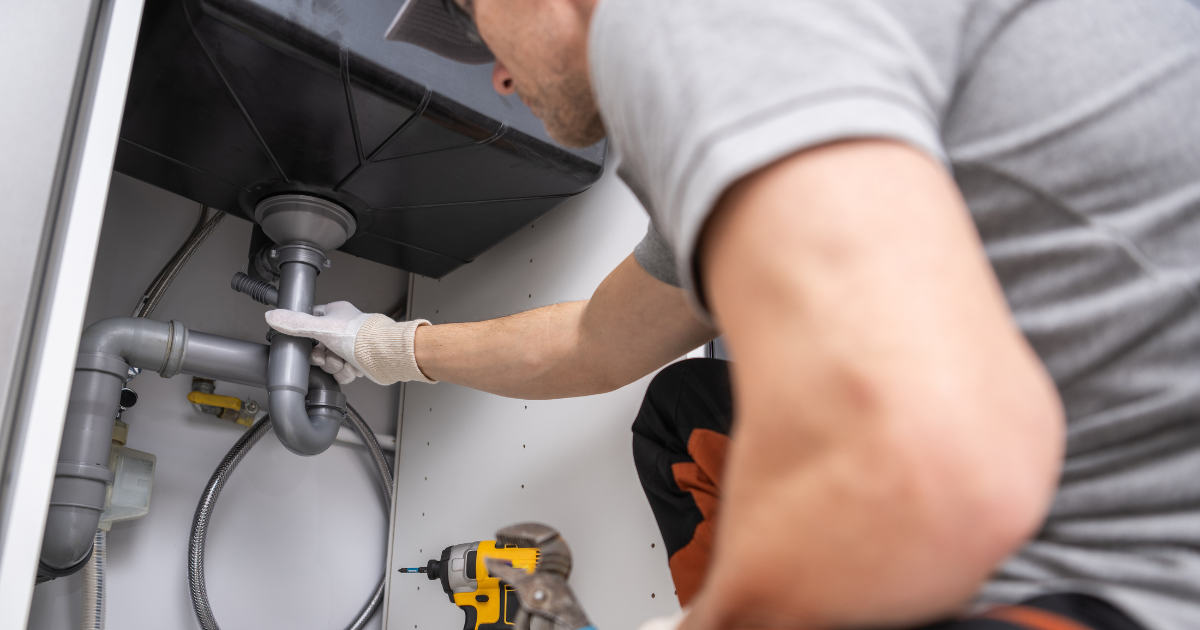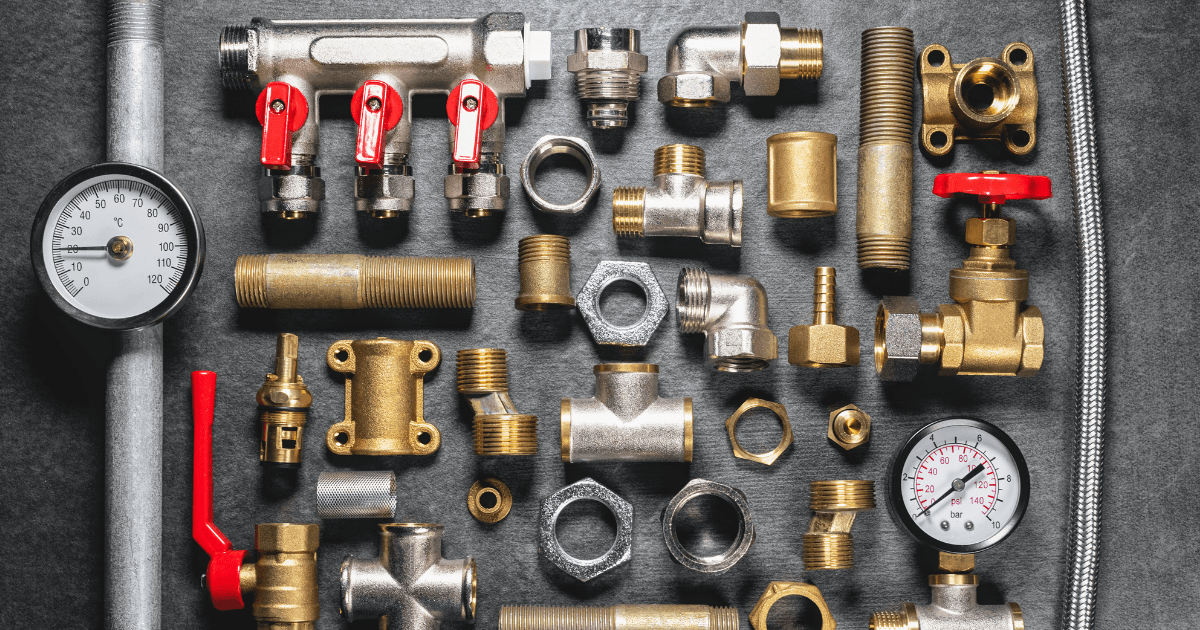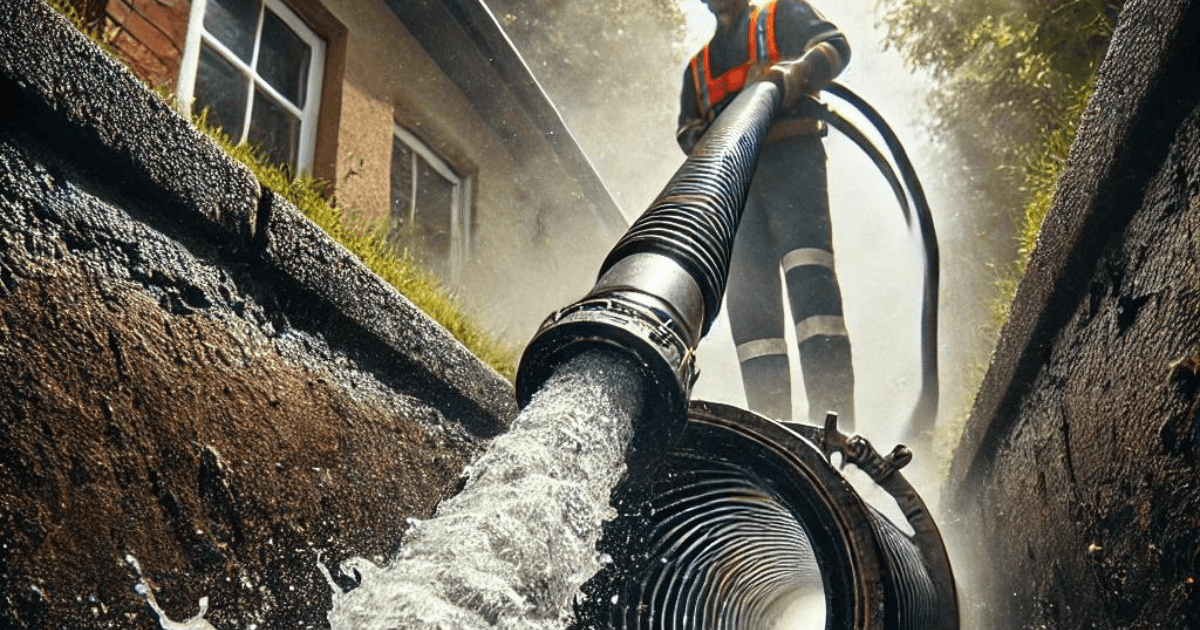When it comes to maintaining your home, plumbing health is often overlooked. For most people, drain cleaning is a reactive task, triggered by visible signs of a problem—slow drainage, unpleasant odors, or the dreaded overflow. But what if we flipped this reactive approach to preventive maintenance? How often should you clean your drains to keep everything functioning efficiently and avoid costly plumbing disasters down the line?
This article explores that question with a fresh perspective, grounded in first principles and innovative thinking. We’ll break down the basics of drain maintenance, challenge common assumptions, and offer nuanced insights on how frequently you should clean your drains based on real-world applications and emerging trends in plumbing care.
The Core Principle: Understanding Drain Maintenance as a Preventive Measure
At its core, a plumbing system is designed to move waste and water away from your home efficiently. But what many homeowners fail to realize is that this system is not self-maintaining. Just like any other home system, it requires regular upkeep to avoid costly failures. Clogs build gradually, often out of sight, as grease, hair, soap scum, and food particles collect in your pipes. Over time, this buildup restricts water flow, increases pressure on the pipes, and can lead to everything from leaks to pipe bursts.
Most homeowners approach drain cleaning reactively: once there’s a visible problem, they turn to quick fixes like chemical cleaners or plungers. But this reactive mindset, while seemingly cost-effective, often leads to recurring issues and costly emergency calls. By adopting a proactive, preventive maintenance schedule for drain cleaning, you can avoid these disruptions and extend the lifespan of your plumbing system.
Preventive maintenance isn’t just about fixing what’s broken—it’s about keeping your home’s vital systems running optimally and efficiently. Your drains are no different. The question then becomes, how often should you clean them?
Breaking it Down: How Often to Clean Drains, Room by Room
Not all drains are created equal. The frequency with which you need to clean them depends on the specific drain’s function, location, and how heavily it is used. Let’s break it down room by room.
1. Kitchen Drains
Your kitchen drain is one of the most used and abused in your home. From grease and food particles to dish soap residue, this drain is at constant risk of clogging. Even if you use a garbage disposal, food waste and grease can accumulate in your pipes, leading to slow drainage or blockages over time. Grease is particularly problematic because it solidifies as it cools, sticking to the inner walls of the pipe.
Recommended Cleaning Frequency: Every 3-6 months. Regular maintenance, such as using natural cleaners like baking soda and vinegar, can help prevent buildup. For heavy users—such as large families or homes that do a lot of cooking—a professional cleaning once or twice a year is advised to ensure long-term health.
2. Bathroom Drains
Bathroom drains, especially those in the shower and sink, are magnets for hair, soap scum, and toothpaste. These substances can accumulate quickly, forming tough blockages. Hair is particularly notorious for tangling and catching other debris, forming dense clogs that can be difficult to dislodge without professional tools.
Recommended Cleaning Frequency: Every 6 months to a year. While bathroom drains may not require the same frequency of cleaning as kitchen drains, regular attention is necessary to prevent slow drainage. Installing hair catchers can reduce the frequency of clogs, but a bi-annual check is still prudent.
3. Laundry Room Drains
Laundry room drains face a unique set of challenges. While they handle less food or grease, they are still exposed to lint, fabric softener, and detergent residues. These materials can accumulate over time, especially if lint isn’t fully captured by your washer’s filter system.
Recommended Cleaning Frequency: Annually. Since these drains handle less problematic materials, an annual professional cleaning should suffice to keep them functioning efficiently.
4. Outdoor Drains
Outdoor drains, such as those in gutters, driveways, or patio areas, are exposed to natural debris like leaves, dirt, and tree roots. Over time, these materials can cause blockages that lead to flooding or water pooling around your home’s foundation—serious problems that can cause structural damage.
Recommended Cleaning Frequency: Seasonal—every 3-4 months. Clean outdoor drains before fall and spring to avoid clogs caused by leaf build-up or heavy rainfall. If your home is surrounded by trees or if you experience frequent storms, more frequent checks may be necessary.
DIY Methods vs. Professional Drain Cleaning: Finding the Balance
There are effective DIY methods for keeping your drains clear between professional cleanings. However, DIY maintenance should complement—not replace—professional services. Here’s why.
1. DIY Maintenance
Natural methods like using baking soda and vinegar or boiling water can help with light maintenance, particularly in kitchen drains where grease and food particles are common culprits. Plungers and drain snakes are also useful tools for minor clogs, especially in bathroom drains. Strainers or mesh guards can prevent hair and large particles from going down the drain in the first place.
Limitations of DIY: While DIY methods are great for routine care, they cannot address the deeper issues that lead to major clogs or pipe damage. Chemical drain cleaners, often marketed as quick fixes, can erode pipes over time, especially in older homes with metal or PVC pipes. These chemicals only provide temporary relief and do not remove the entire blockage, leading to recurring issues.
2. Professional Drain Cleaning
Professional drain cleaning services, on the other hand, use advanced tools like hydro-jetting, which uses high-pressure water to clear out blockages without damaging the pipes. Camera inspections are another valuable tool that allows plumbers to see deep inside the pipes, identifying potential problems like tree root intrusions or corrosion before they become major issues.
Long-Term Benefits: Professional cleaning offers a more comprehensive solution, addressing not just the visible symptoms of clogs but the underlying causes. By scheduling a professional drain cleaning every 1-2 years, you’re investing in the long-term health of your plumbing system and avoiding costly emergency repairs.
The Financial and Environmental Benefits of Regular Drain Cleaning
Many homeowners hesitate to invest in professional drain cleaning because of the upfront cost, but the long-term savings far outweigh the initial expense. Preventing a major clog or pipe burst can save thousands of dollars in emergency plumbing fees, water damage restoration, and potential structural repairs.
1. Financial Savings
Consider the costs of neglecting drain maintenance. A major clog that leads to a pipe burst can result in water damage that extends beyond plumbing repairs, potentially requiring drywall replacement, floor repairs, and mold remediation. By scheduling regular drain cleanings, you prevent these high-cost scenarios and extend the life of your plumbing system, ensuring it works efficiently for years to come.
2. Environmental Impact
There’s also the environmental angle to consider. Chemical drain cleaners contribute to water pollution, with harmful chemicals making their way into the local water supply. Over time, these chemicals can have a devastating impact on wildlife and ecosystems. In contrast, eco-friendly solutions like hydro-jetting, which only uses water, provide a sustainable alternative that doesn’t harm the environment or your pipes.
Factors That Affect How Often You Should Clean Your Drains
No two homes are the same, and several factors can affect how often you should clean your drains. Consider these variables when determining your drain cleaning schedule:
- Household Size: Larger families or homes with more occupants will likely need more frequent cleanings, as more people equates to more water and waste passing through the drains.
- Age of the Home: Older homes with aging plumbing systems are more prone to blockages and should be cleaned more frequently to prevent issues.
- Water Quality: Hard water can contribute to mineral buildup in your pipes, which can lead to blockages over time. If you live in an area with hard water, you may need to clean your drains more often.
- Usage Habits: Frequent cooking with oils and fats, regular showering, or excessive use of hair and beauty products can all accelerate the need for drain cleaning.
FAQ: How Often Should You Clean Your Drains?
1. How often should I clean my kitchen drains?
Kitchen drains are prone to grease, food particles, and soap scum, which build up quickly. To avoid clogs, you should clean your kitchen drains every 3-6 months. For households that do a lot of cooking or use a garbage disposal frequently, professional cleaning is recommended once or twice a year.
2. Is professional drain cleaning necessary if I already use DIY methods?
DIY methods like using baking soda, vinegar, or a plunger can help maintain your drains, but they are often only surface-level solutions. Professional cleaning, which uses tools like hydro-jetting and camera inspections, offers a more thorough clean that addresses deeper issues in your plumbing. It’s a good idea to schedule professional cleaning every 1-2 years for optimal results.
3. Can I use chemical drain cleaners regularly to keep my drains clear?
Chemical drain cleaners are not recommended for regular use because they can corrode pipes over time, especially in older plumbing systems. They may provide a quick fix for minor clogs, but repeated use can cause more harm than good. Safer alternatives like natural cleaners (baking soda and vinegar) or professional hydro-jetting are better long-term solutions.
4. What are the risks of not cleaning drains regularly?
Neglecting drain maintenance can lead to several problems, including slow drainage, foul odors, water backups, and eventually, severe clogs. In worst-case scenarios, built-up pressure from blockages can cause pipe bursts or leaks, leading to expensive water damage repairs.
5. Can I prevent clogs in the first place?
Yes! Using drain covers or strainers can catch hair, food particles, and other debris before they enter the pipes. Regularly flushing drains with hot water, and using natural cleaning solutions like baking soda and vinegar, can also help prevent buildup.
6. How do I know if I need to call a professional?
If you experience recurring clogs, slow drainage, gurgling sounds in the pipes, or bad smells coming from the drains, these are signs that a deeper issue may be present. In such cases, it’s best to consult a professional plumber for a thorough inspection and cleaning.
7. What is the safest way to clean bathroom drains?
For routine bathroom drain maintenance, you can use a mixture of baking soda and vinegar, followed by hot water, to break down soap scum and hair. For tougher clogs, a drain snake can be effective. Avoid using harsh chemical cleaners in bathroom drains, as they can corrode pipes over time.
Conclusion: Make Drain Maintenance a Priority
Cleaning your drains regularly is one of the most effective ways to avoid plumbing emergencies, save money, and keep your home running smoothly. By understanding your home’s unique needs and adopting both DIY and professional cleaning methods, you can prevent clogs, preserve the integrity of your plumbing, and contribute to a more sustainable environment.
For those looking to take control of their home’s plumbing health, now is the time to act. Whether you’re scheduling your first professional cleaning or maintaining a regular DIY routine, the key is consistency. Preventive care is always more cost-effective than emergency repairs, and in the case of drain maintenance, a little effort goes a long way.





